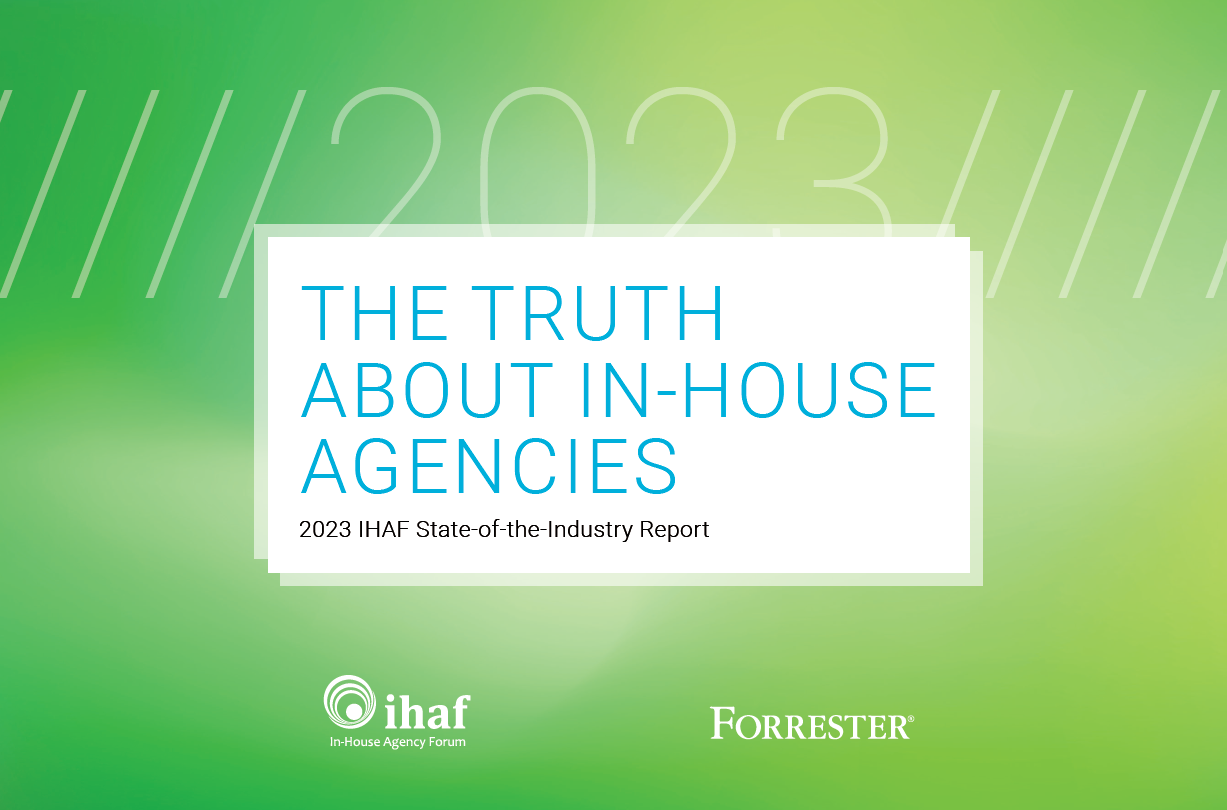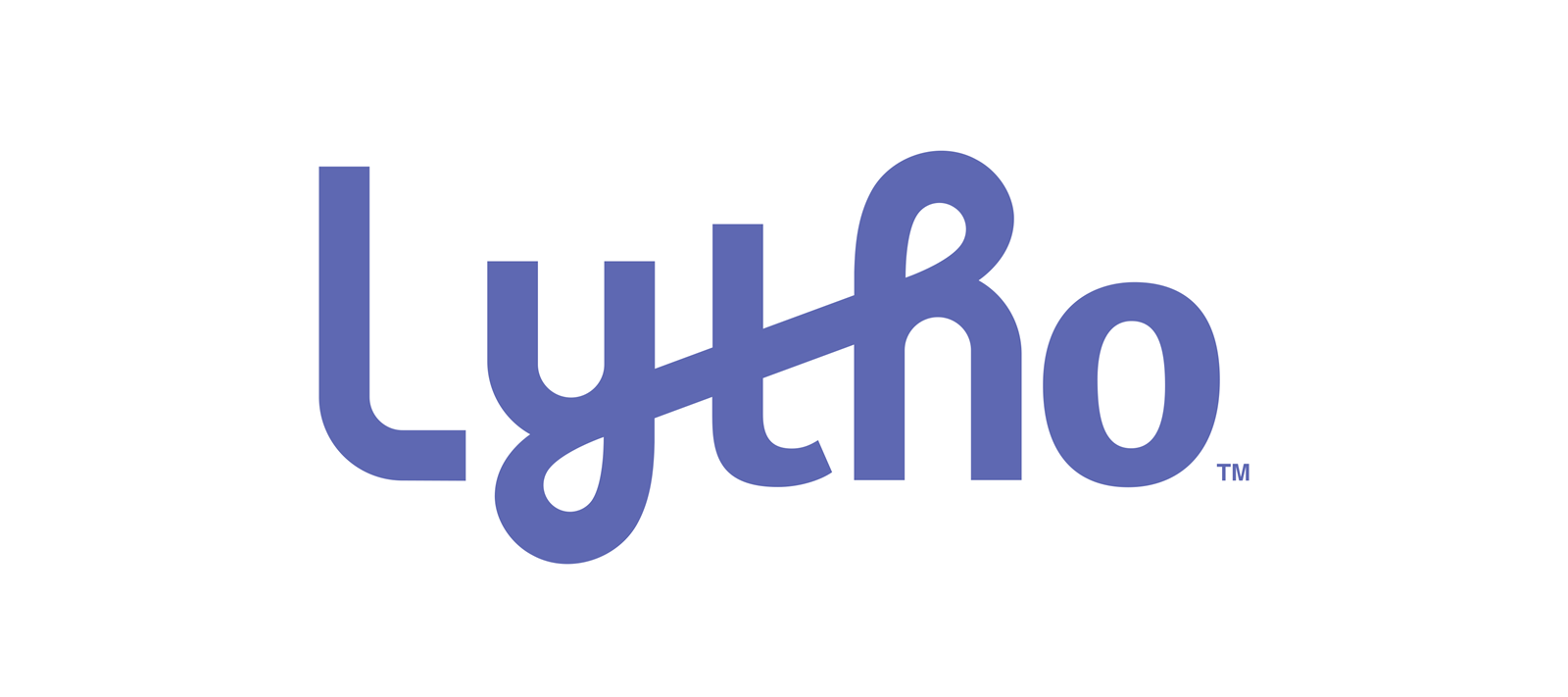How Sound Drives Engagement

It’s no secret that appealing to the human senses helps engage emotions. Let’s look at a simple example: if a consumer sees a bacon commercial, they could be convinced that the bacon looks delicious but by hearing the sizzle, the consumer craves the bacon. The power of sound creates a sense of reality for the viewer and increases their connection to the product.
The art of sound is not only about creating “big” and “weird” sounds, it is also about creating subtle moments where all that is needed to tell the story is a single chirp from a distant bird or the exhale of victory from the winning distance runner. It is also about the explosive, theatrical style of sound for larger-than-life projects. Ultimately, for advertising to be successful, it’s imperative that the audience connects with the content—we want them to come along with us on whatever story we’re telling.
Due to production cycles, audio is often an afterthought even for the most well-conceived spots. Too often, dedicated sound designers are not used and mixers aren’t given enough time or budget to do the best mix. When this happens, brands miss an opportunity to increase audience engagement by optiizing the power of sound.
Studies show that consumers are not only influenced by what they see, but what they hear as well. So, when companies don’t treat audio with the same care and thoughtfulness as their visuals, the brand is missing out on an opportunity to engage multiple senses within the viewer to more effectively promote their product or message.
In order for sound to have its full impact, content creators need to work with the right people. Understanding how to create and balance sounds in a way that captures audiences comes with years of experience. All sound isn’t equal, so a mixer or sound designer’s style and taste go along with how a commercial resonates with the viewer. The right people have dedicated themselves to the art of sound. They are passionate, thoughtful and have the ability to make excellent choices. They also understand that film is a collaborative art and that their role is to support the storytelling process.
The bottom line is that multiple senses need to be considered when you’re trying to get your audience to listen, engage and act. Neither picture nor sound supersede the other, so it’s important for brands to remember the power of audio as a component of what’s on screen. As George Lucas said, “Sound and music are 50% of the entertainment,” so let’s not treat it as anything less!
- advertising,
- agency,
- association,
- audio,
- brand,
- client,
- CMO,
- collaborative,
- content,
- corporate,
- creative,
- digital,
- engagement,
- grupp,
- IHAF,
- impact,
- in-house,
- insource,
- internal,
- leadership,
- management,
- marketing,
- media,
- membership,
- networking,
- professional,
- social,
- sound,
- sound lounge,
- storytelling,
- trends,
- viewers
Recent Posts

In-House Data: Fact or Fiction?
October 16, 2023
I’m going to be honest with you, which I always am but this time it’s scary honesty. There are a lot of in-house agency research reports out there. And not all of them contain data that are close to the integrity of the studies IHAF publishes—the next of which drops at the IHAF conference on …

IHAF Wrapped
December 20, 2023
One of our favorite things to do at year-end is look back at the events, presentations, and online resources our members tapped most. (Why should Spotify have all the fun?) Here are a few of your favorites in 2023:
• New Assortment of Org Charts Download • Updated Job Profiles …



















%20(1).pdf%20-%20Copy.jpg)

%20(1).png)


No Reader Comments